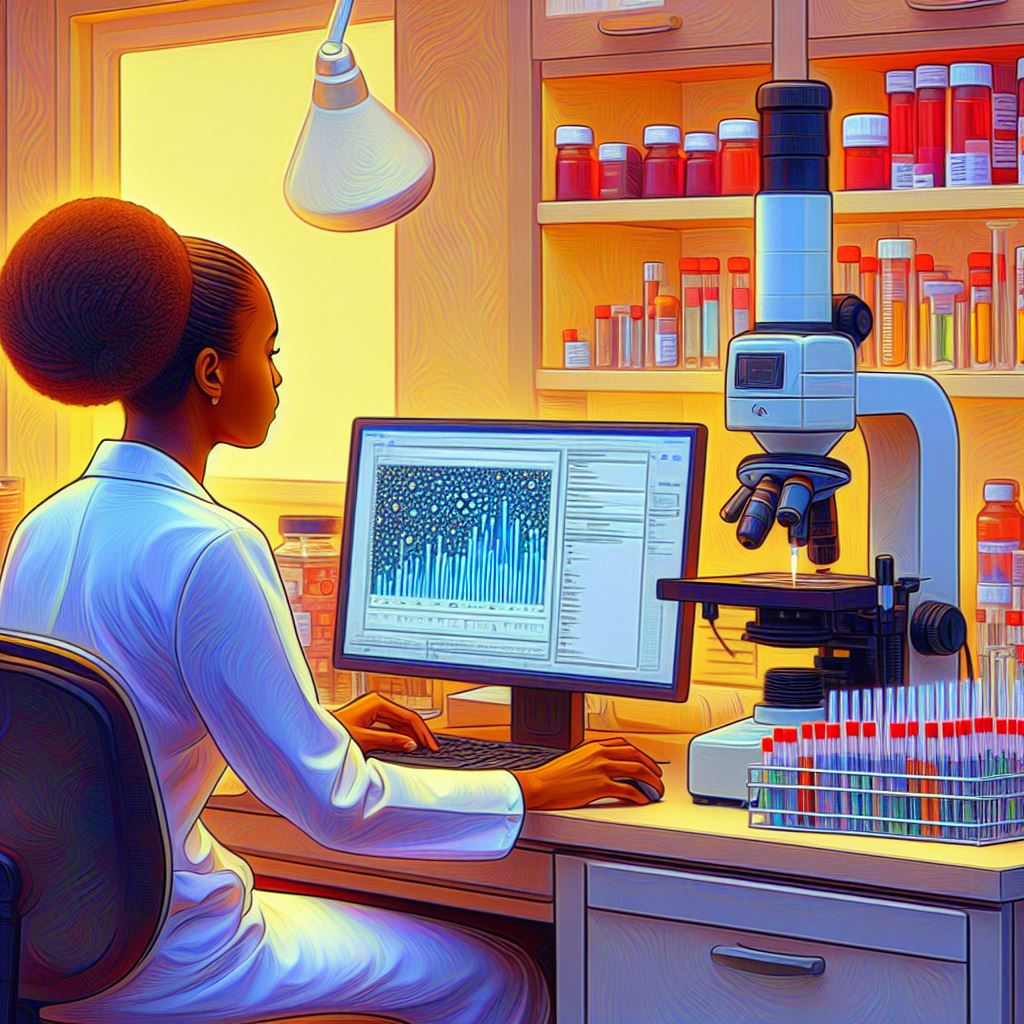RESEARCH

HLA-B27, Ankylosing Spondylitis, and Acute Anterior Uveitis
A major goal of the Paley Lab is to better understand pathogenic (“disease causing”) CD8 T cells in Ankylosing Spondylitis and Acute Anterior Uveitis. These pathogenic T cells appear to initially emerge as part of an appropriate response to a bacterial antigen (YeiH) in the gastrointestinal tract. We hypothesize that these cells subsequently recognize additional antigens in the body that are made by the host, which kick-starts an inflammatory process in the joint and the eye and causes disease. Our current goals are to understand why these cells develop, how they are different from healthy T cell responses that protect against viruses or bacteria, and why they cause Ankylosing Spondylitis and Acute Anterior Uveitis.
Autoimmune Uveitis
An emerging concept in human autoimmunity is that different pro-inflammatory pathways may converge on a shared clinical phenotype, e.g., Rheumatoid Arthritis. The Paley Lab is interested in understanding the distinct drivers of inflammation in various forms of uveitis.


Neurosarcoidosis
In collaboration with Neuroimmunology colleagues, we are interested in leveraging single cell technologies to uncover the distinct mechanisms that drive sarcoidosis in the brain and how this may be distinct from other organs.